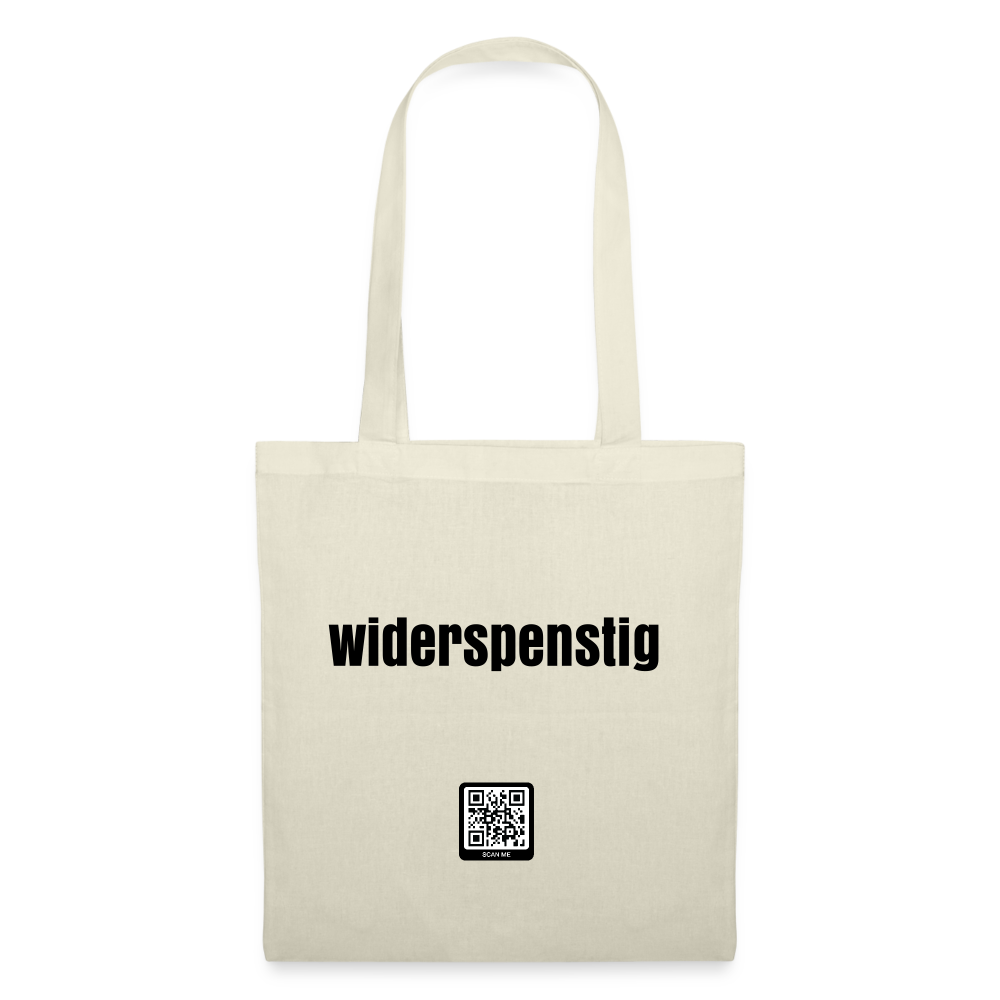“You definitely have to study art!” How many times did I hear this sentence at school when I did a good job in art class. Drawing is in my blood and the idea of pursuing this creativity professionally is a dream. But getting a place on a creative course is not that easy - the individual requirements of the respective universities are enormous, as is the number of applicants. Everything stands or falls with the application folder: it is essential for a creative course of study, it is how you leave the decisive impression on the jurors. To ensure that you impress with your application portfolio, we have put together tips for the fields of graphics/design and art.
General information about the structure of the application folder for a creative course of study
If there are no other formalities from the respective university, your application folder consists of three parts: cover, table of contents and contents.
- Case: If you find classic cases too boring and want to design your own, you have to pay attention to the highest quality and a consistent style
- Table of contents: Present what is in the folder as clearly as possible, ideally with the help of indexing, page numbers, etc.
- Content: Deliver exactly what the university requires, because with so much competition, even the smallest mistake can lead to exclusion
Tips for the application folder for graphics/design courses
First of all, it must be said that every university has different requirements regarding the application portfolio. In addition to these, the following must be fulfilled: Show all your creative skills!
Go to content:
- If there are no specifications regarding the appearance, content or scope of the application folder, there are no limits to your artistic freedom
- Present as many different works as possible, ideally between ten and 30 pieces
- Avoid slides or three-dimensional works and instead include accompanying documentary photographs
- Think about the typography: Font elements should not be missing from the application folder, especially in the area of graphics and design, because they play an important role in flyers, posters and other layouts
Here is a short video showing what an application folder for graphics or design can look like:
Tips for the application folder for art courses
Just like with graphics and design, if you want to study art, you have to show everything you have to offer in terms of drawing, painting and illustrative skills. Versatility is very important here.
Go to content:
- Only two to four minutes are needed per applicant to look through the application folder, which means the correct structure is of the utmost importance and the best work should be visible at the forefront
- The application folder itself should not be too small, at least DIN A2, ideally even DIN A1
- However, that doesn't mean that only large works have to be presented - small sketches are also interesting for the jurors
- The application folder for art should not be too heavy, the sheets should not stick together and should be easy to turn over
- The sheets on which drawings are directly located or have been pasted should have a paper thickness of 200g
- Pictures on canvas, cardboard or similar. are of course also allowed and offer an interesting variety, but there shouldn't be too many
- The scope should include around 20 papers, unless otherwise specified
- Realistic sketches, drawings of people and animals (do not have to be realistic), different drawing styles and, above all, individuality or originality must be presented
There is also a short video about the application folder of a prospective student who was accepted at an art college:
Portfolio preparation courses can be helpful
If you would like professional help with creating a portfolio, you can take part in a so-called portfolio preparation course. However, always leave yourself enough scope for your own design, because some courses have a concept that is too rigid, which is recognized by the jurors and received negatively. Also check in advance whether the provider has a good reputation at the university to which you are applying. Many universities that offer creative courses also offer portfolio advice. Simply ask the university directly.
In conclusion, it can be said that the application portfolio for a creative course of study - be it graphics, design, art or even architecture - is not about delivering perfect work. Simply show your individual style that sets you apart from others and stick to the formalities of the respective university, then you have an excellent chance of getting a place.
With these tips you can create a convincing application folder for creative disciplines.





